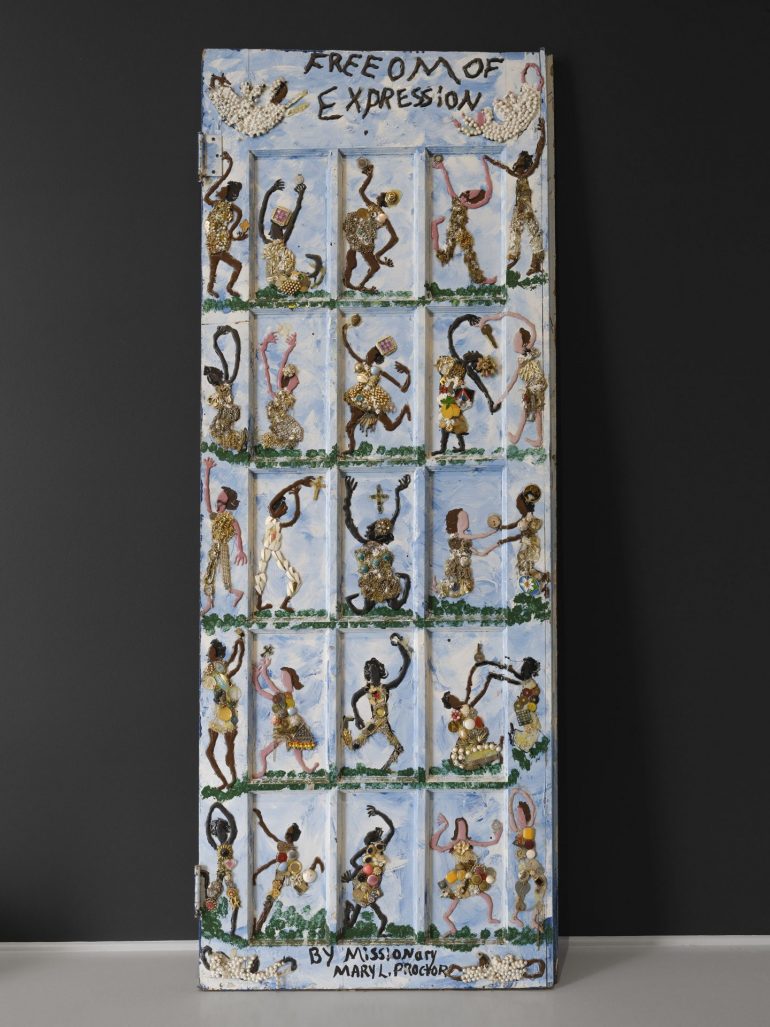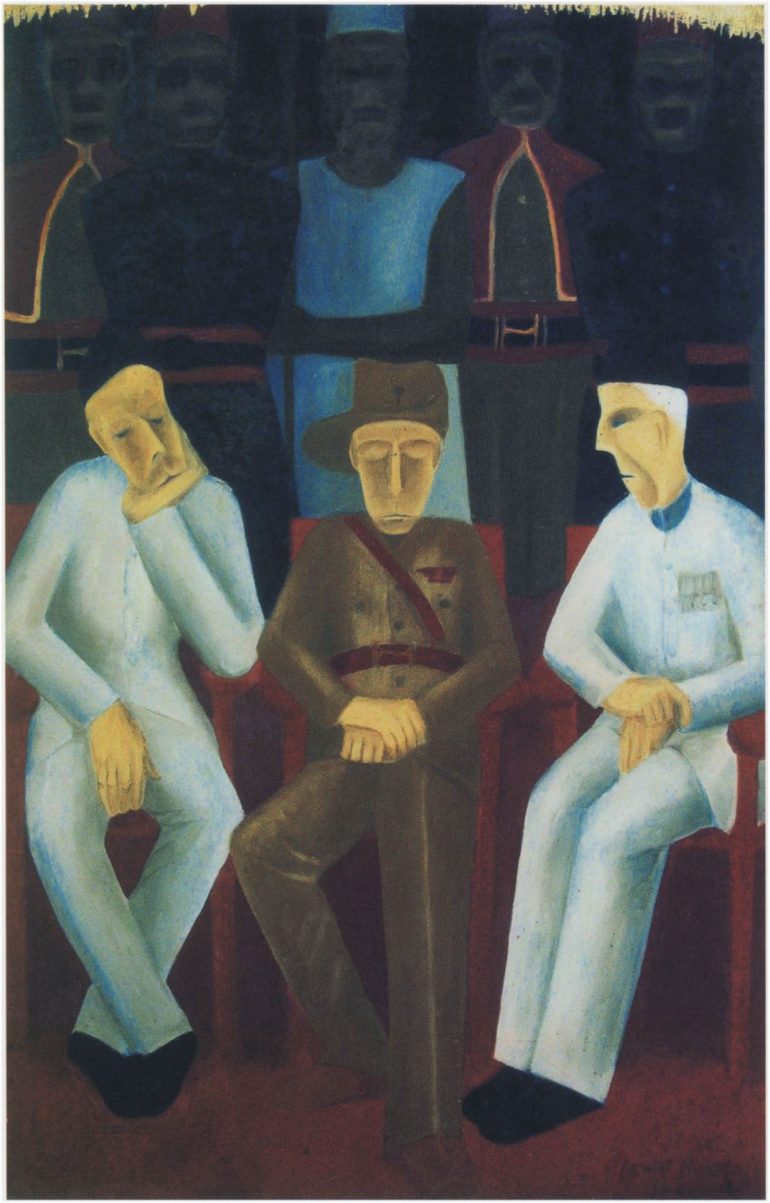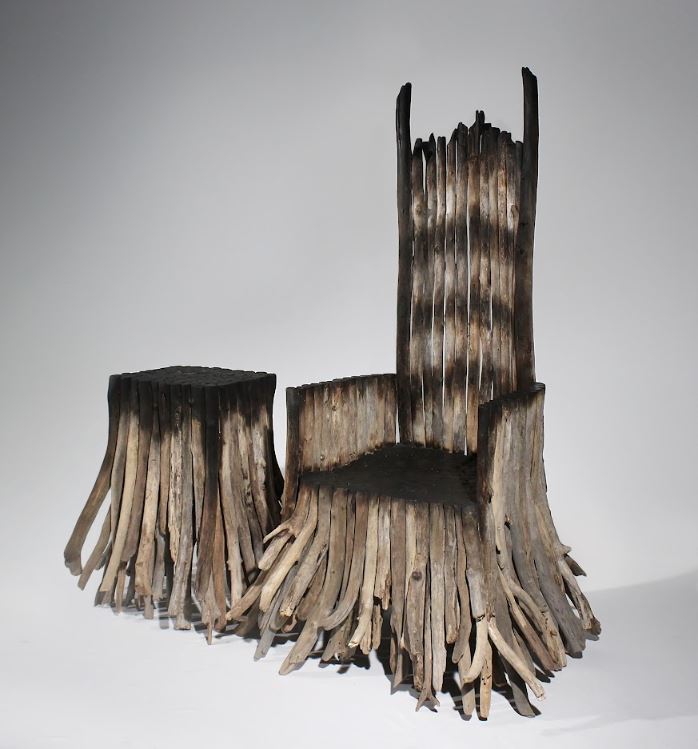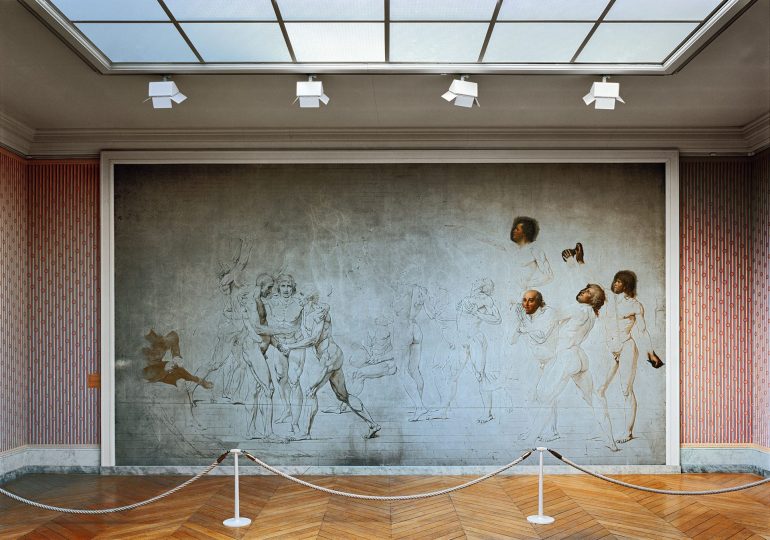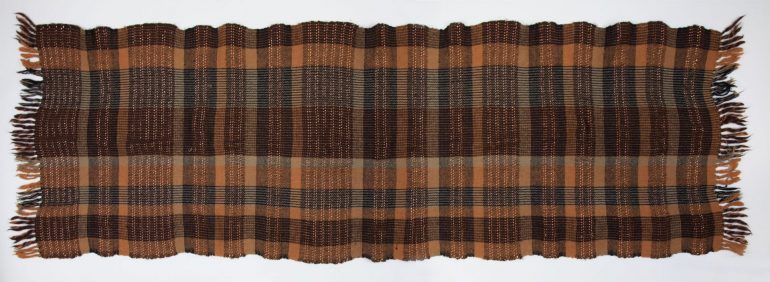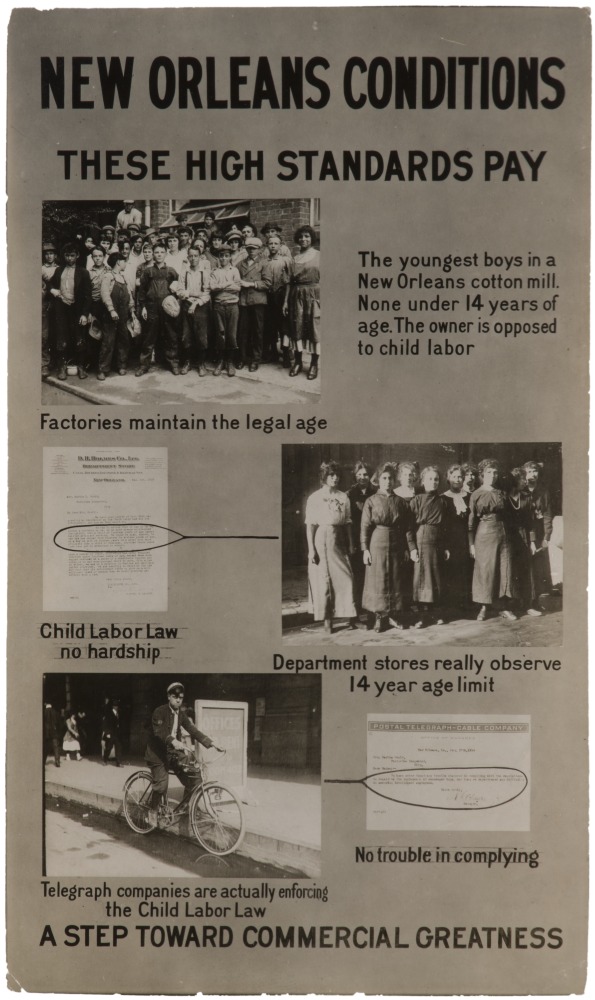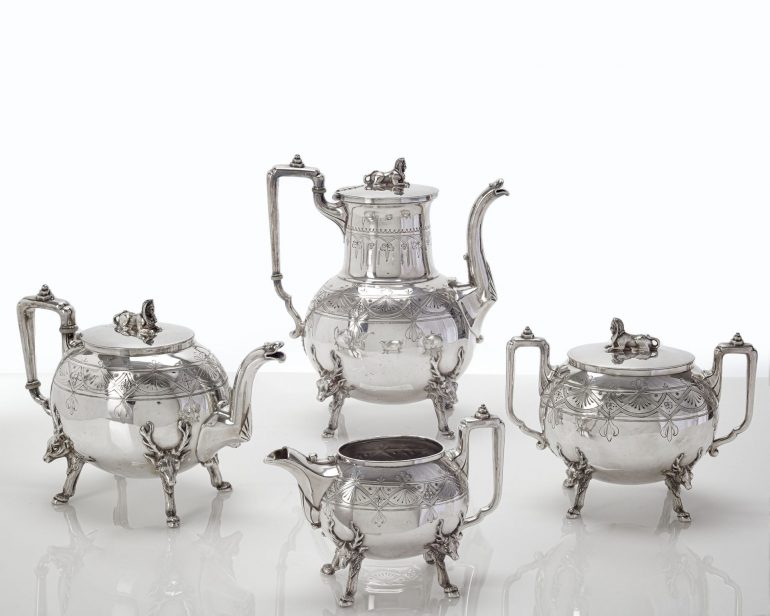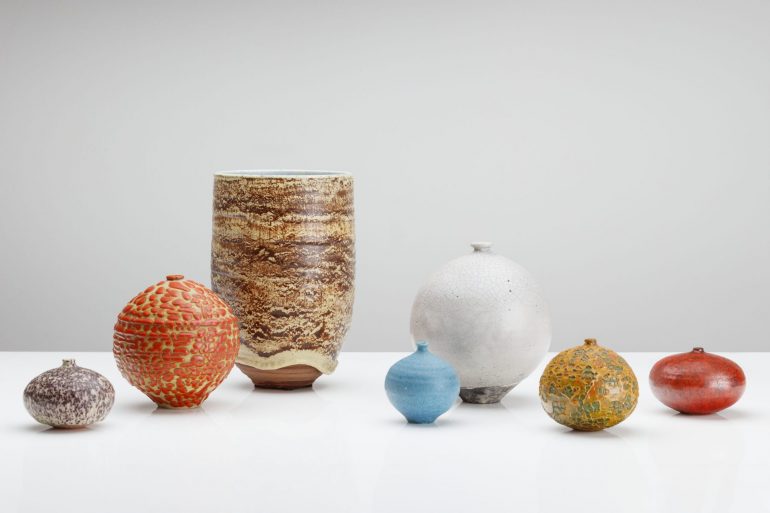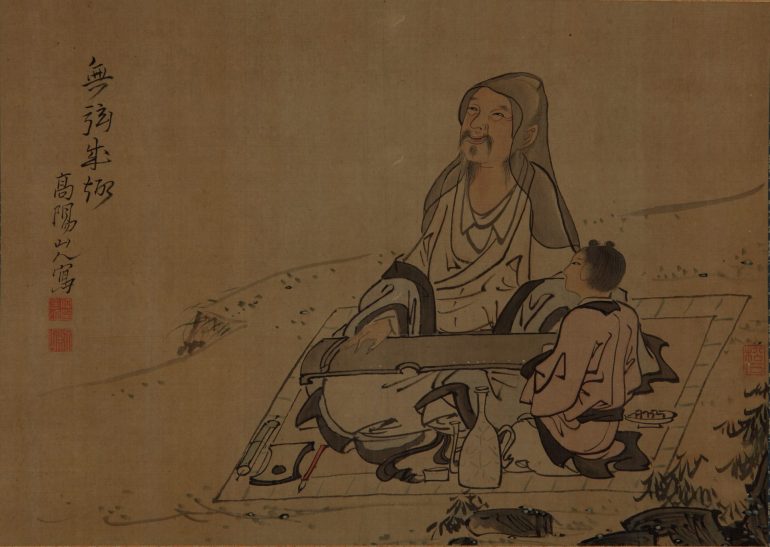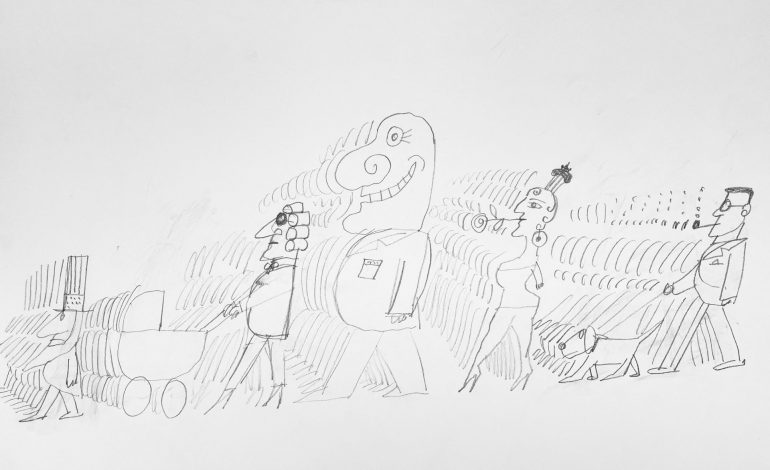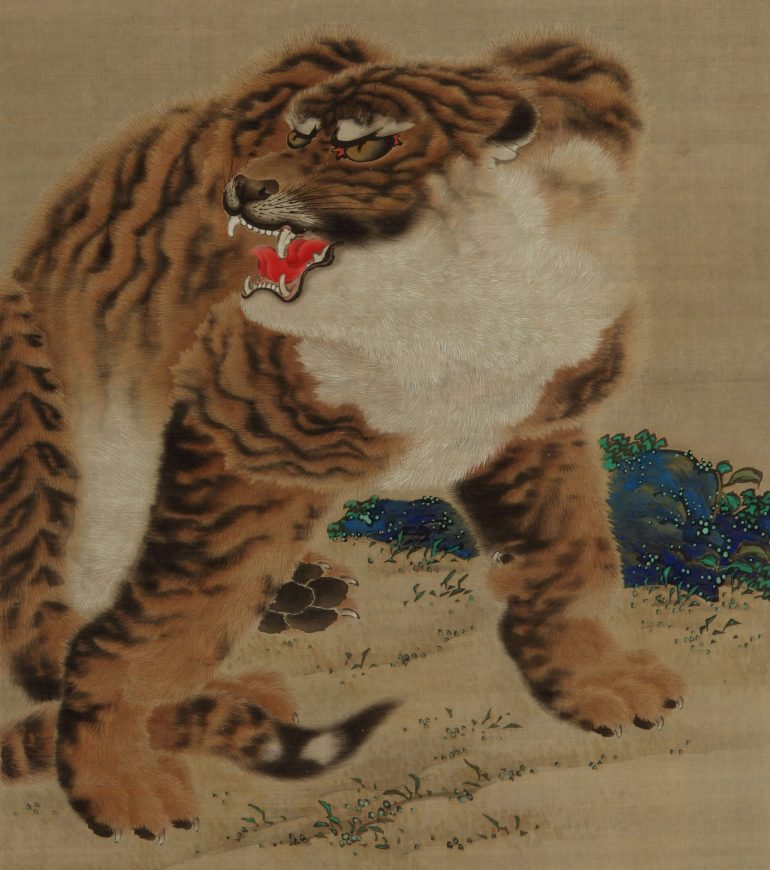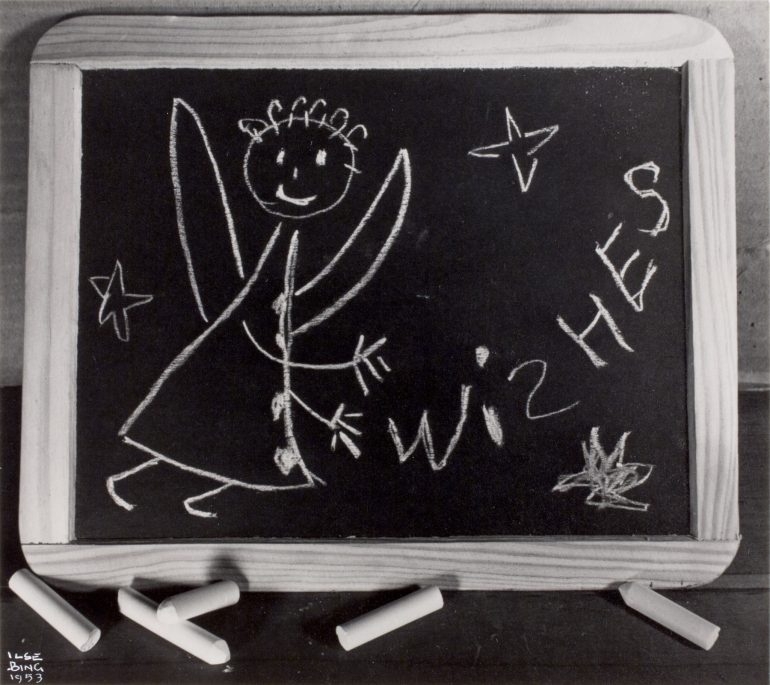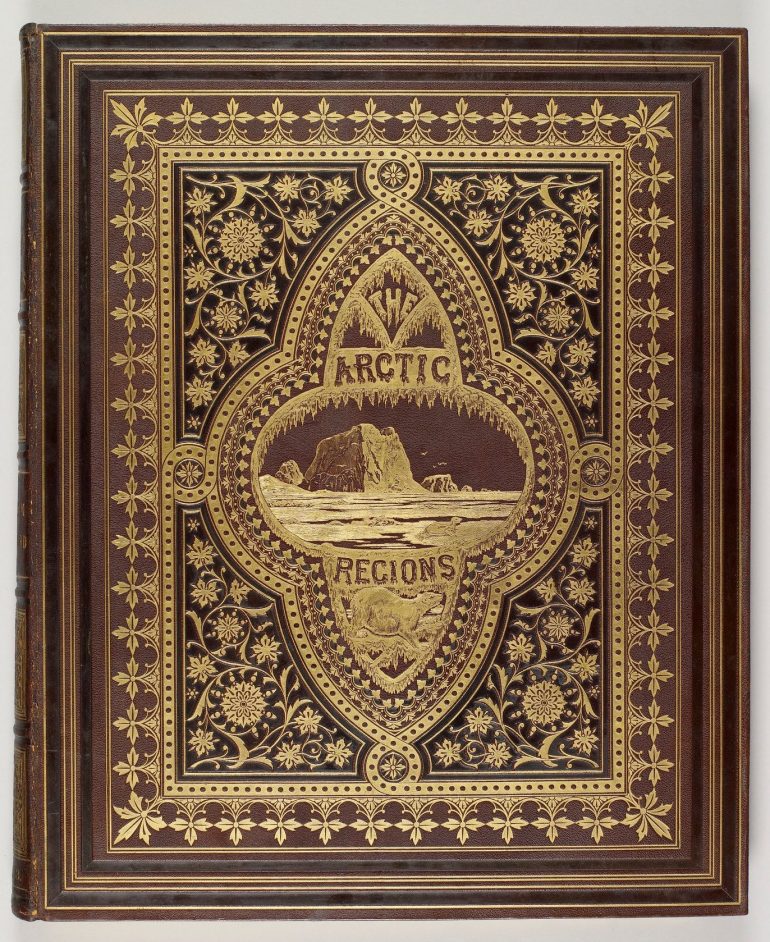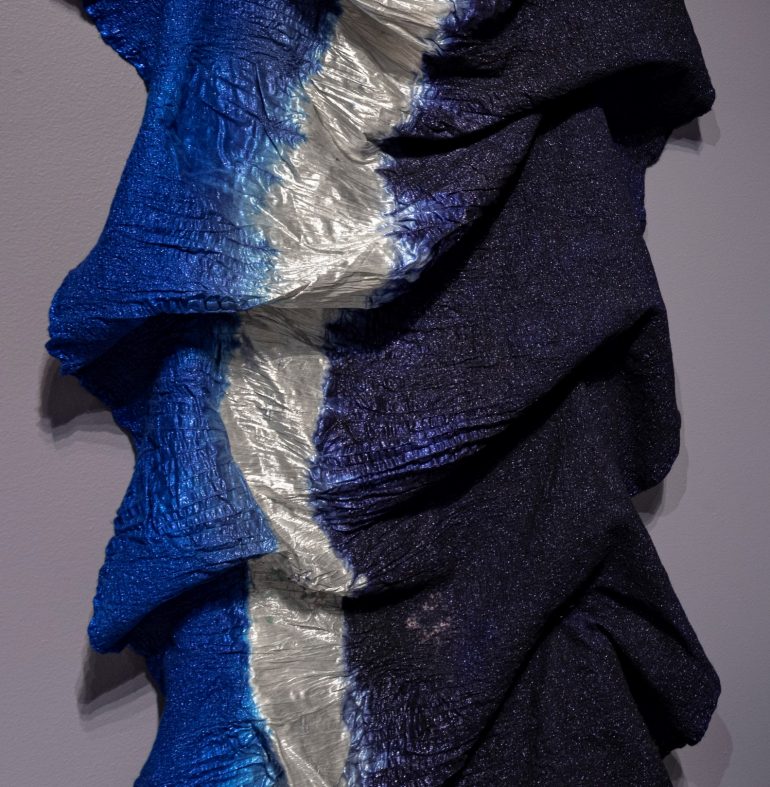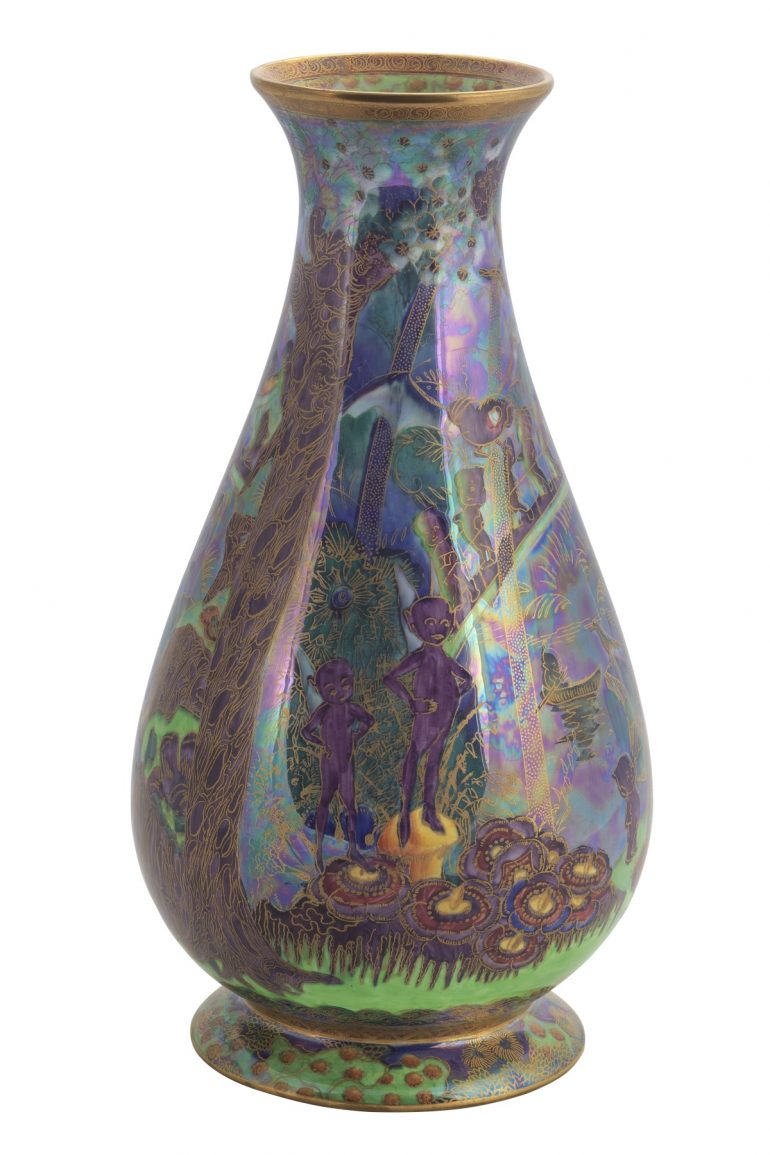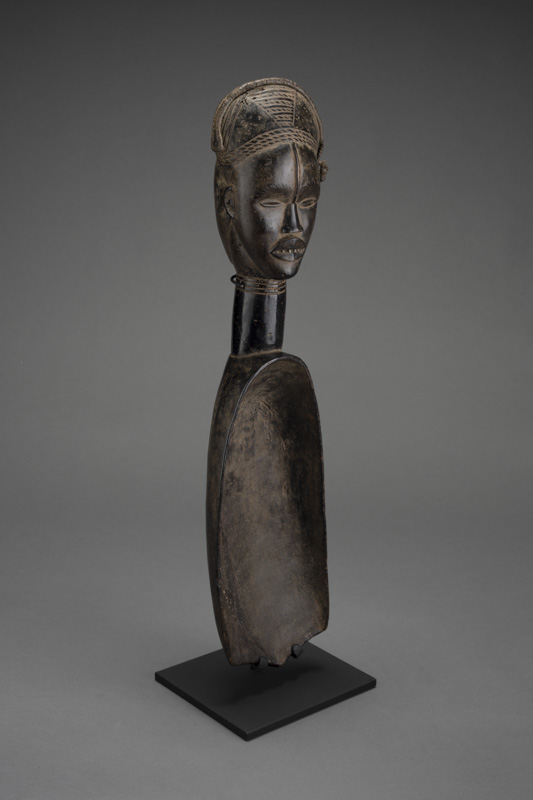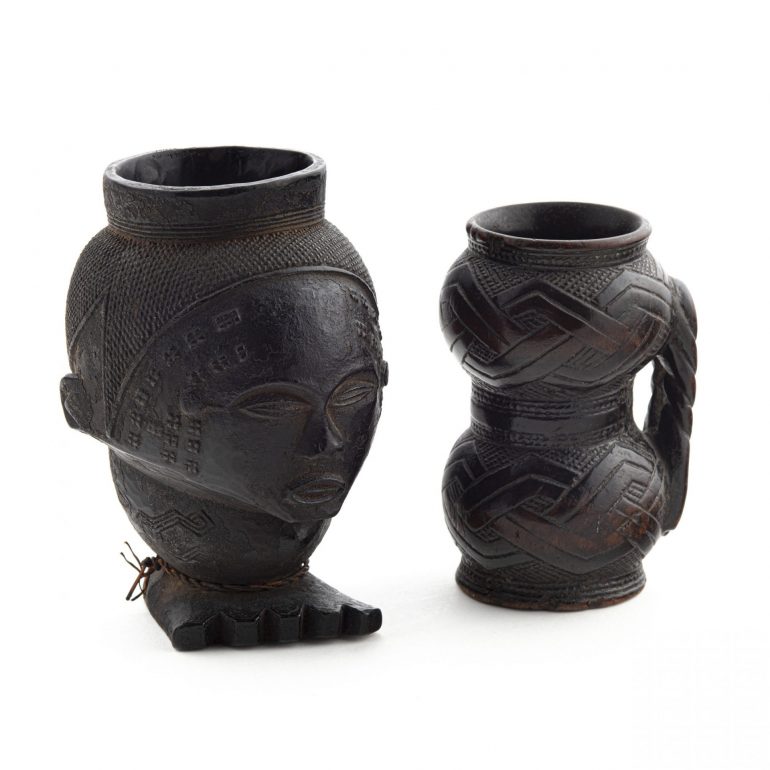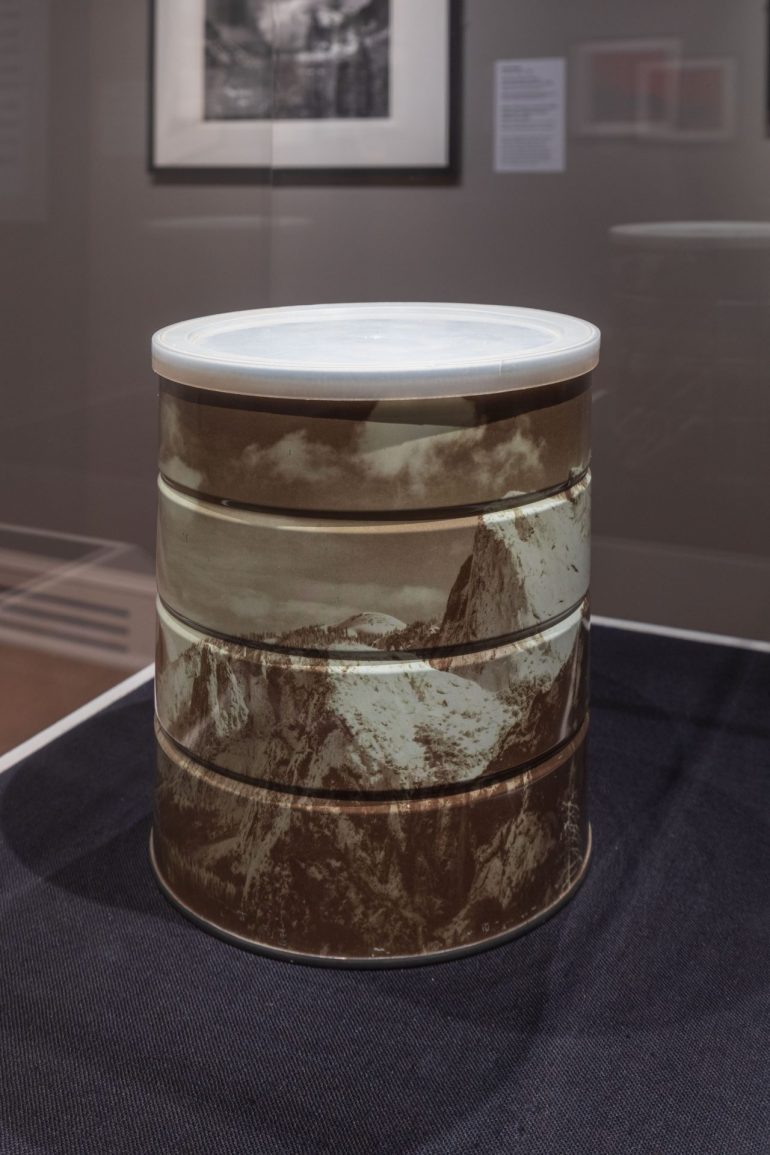The images in this massive book were the first published photographs from the Arctic. In 1869, William Bradford, an adventuresome painter known for his Arctic seascapes and ship paintings, secured funding from businessman LeGrand Lockwood and chartered a steamship, The Panther, for a voyage to Greenland. He invited photographers John L. Dunmore and George Critcherson to join him on the expedition. During a three-month summer journey, the group produced drawings, texts, and photographs that were published in the lavish tome on display at NOMA in A Brief History of Photography and Transmission. Read More
